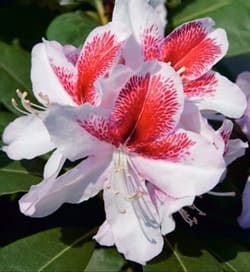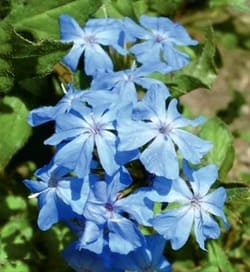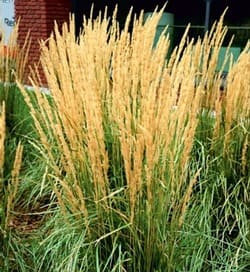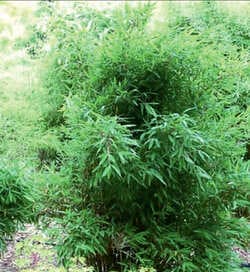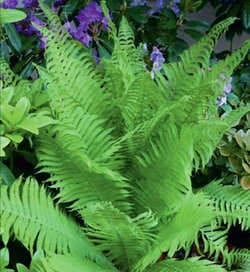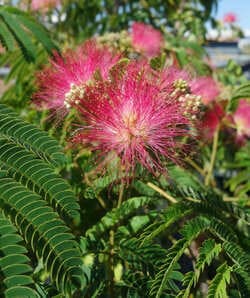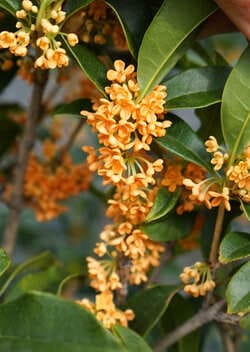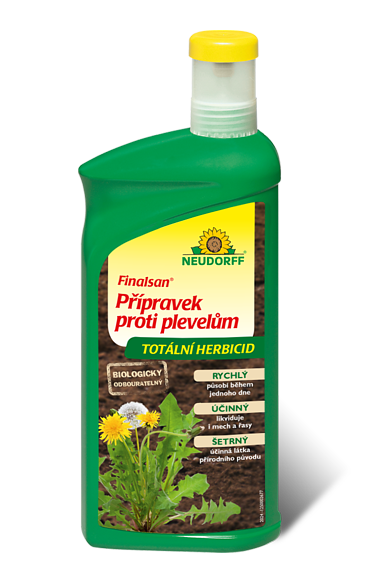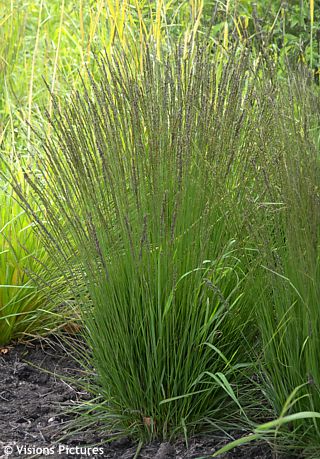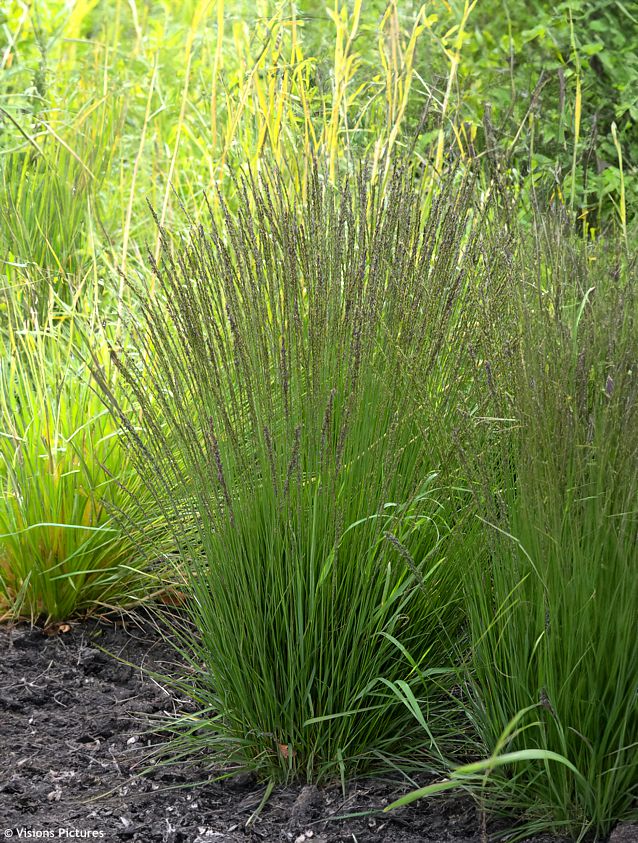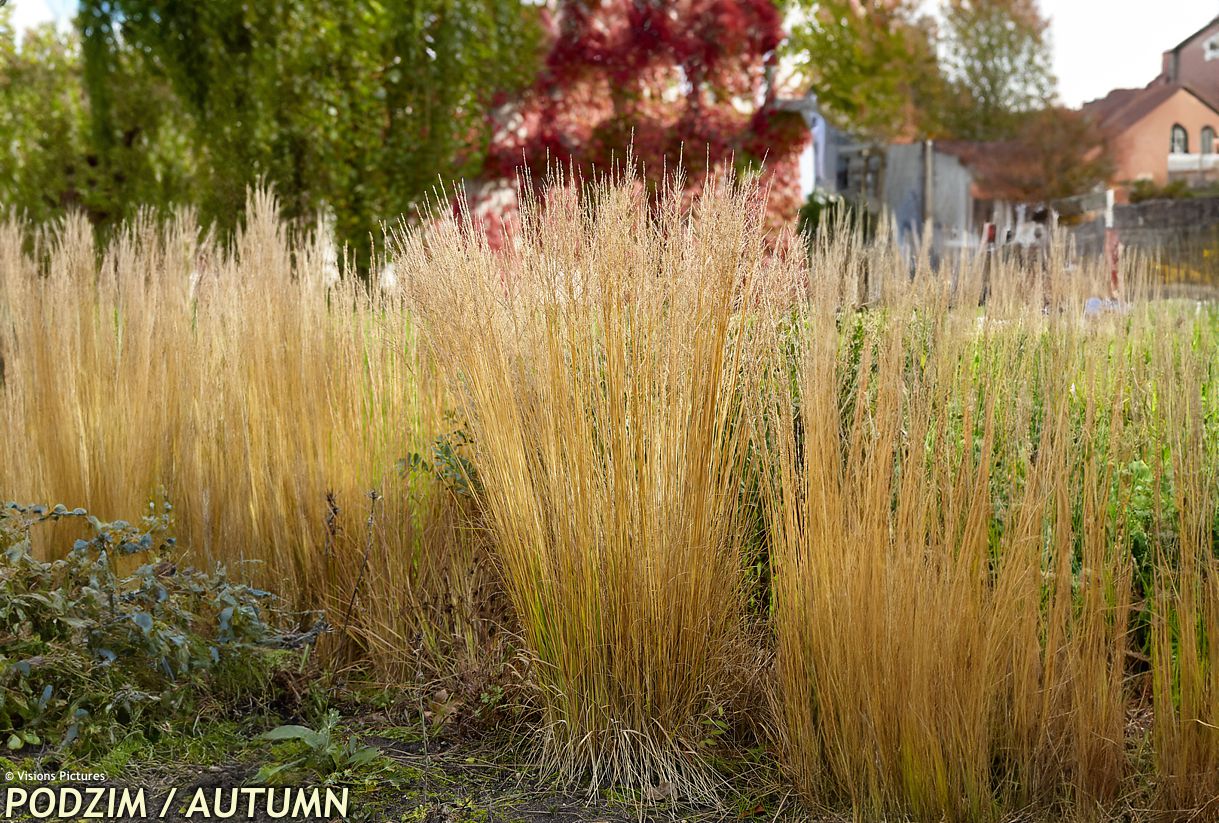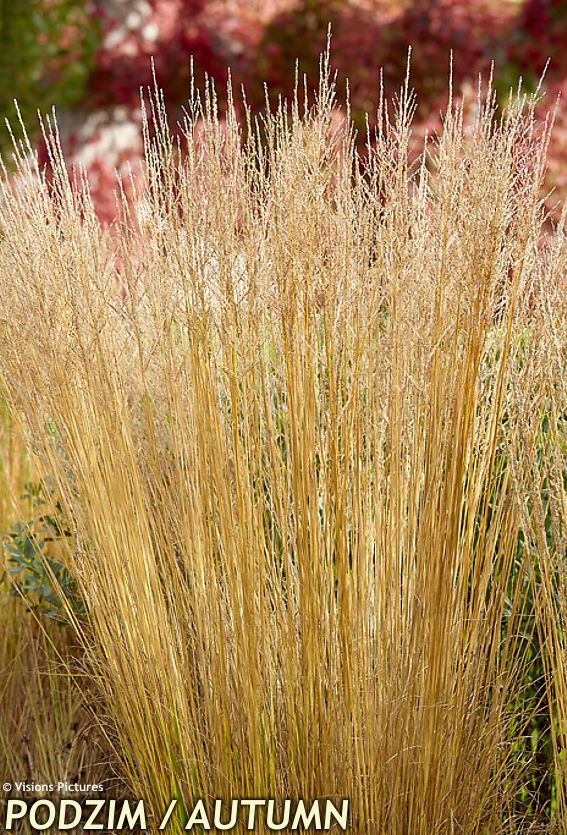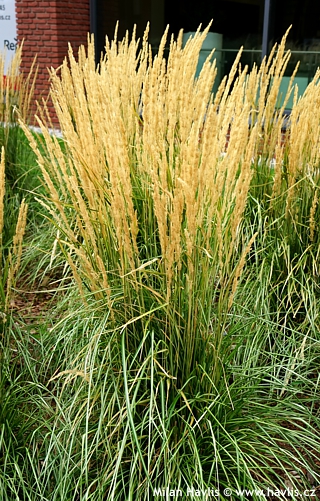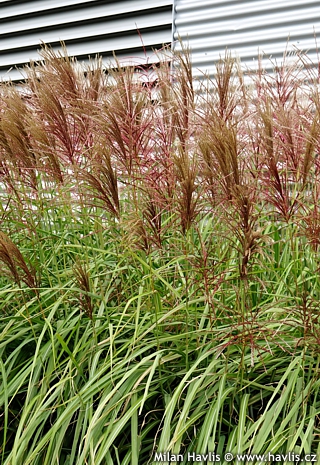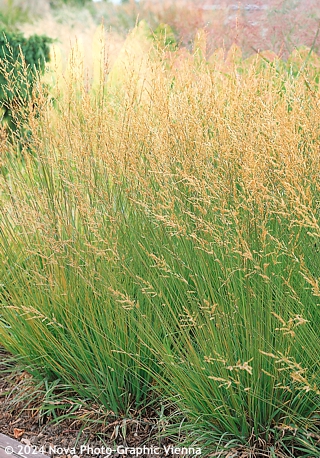Molinia caerulea 'TORCH' purple moor grass


Molinia
Purple moor grass is an attractive species of ornamental grass that can be found in moist to wet habitats throughout Europe, Asia and North Africa around the Mediterranean Sea. In the lowlands it is found on heaths and moors accompanied by other ericaceous plants which is somewhat atypical for a grass species. In elevated altitudes it occupies places that soak up water at least during the spring thaws and rains as they do not require as much water later in the season. It was first described Carl Linnaeus in 1753 and included in the genus Aira and it was not until 41 years later that it was reclassified and transferred into a new genus Molinia, named in honour of Chilean historian and naturalist Juan Ignacio Molina (1740-1829). He wrote detailed studies on the local flora and fauna and became a significant contribution to the previously undocumented Chilean nature and its history.
Torch is a valued variety of purple moor grass that offers slender and very compact upright clumps that don't arch. The leaves are deciduous, thin, strap-like, bright green, only about 30-40 cm high, and form a dense, low bunch from which shoot up thin stems that reach a height of about one meter including the inflorescence. Those are dense, erect panicles composed of short spikes with dark purple flowers with blue hues. They bloom from June to August, and when the seeds are to mature they turn golden and yellow, and as the autumn approaches, the whole plant including the leaves looks like a flame, hence its variety name Torch.
Molinia is a slow-growing grass that takes time to get established in a new location. It is a moisture-loving species that can even handle moderate waterlogging in muddy soil and shallow ponds or lake margins, but it does not necessarily require so much water when cultivated in a garden. It prefers deep and more acidic soil that will not dry out completely, although once established it is very tolerant of short-term dry spells in summer. You can grow it in full sun or partial shade. In the spring, before new leaves emerge but after all frosts, cut it back 5-10 cm above the ground. It grows in compact clumps, does not weed around or gets invasive, and forms larger clumps very slowly – consider planting several plants into one nest. Hardy to min. -34 °C (USDA zone 4).
Last update: 04-09-2024












